URBAN FORM AND FUNCTION
1/27
There's no tags or description
Looks like no tags are added yet.
Name | Mastery | Learn | Test | Matching | Spaced |
|---|
No study sessions yet.
28 Terms
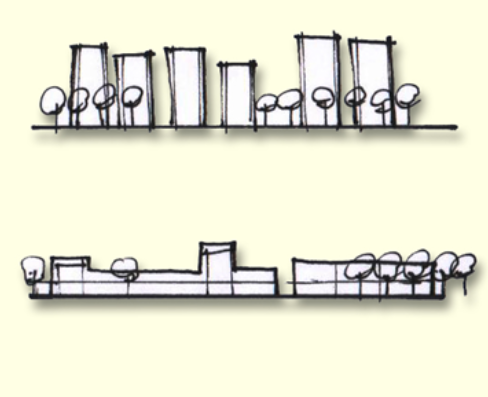
FLAT
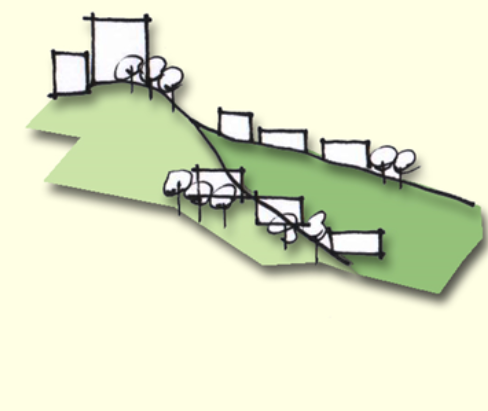
HILLY
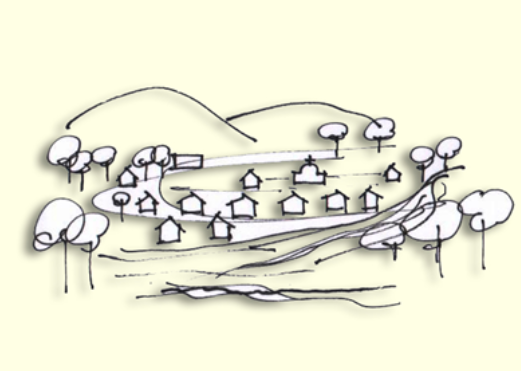
CITIES WITHIN NATURE
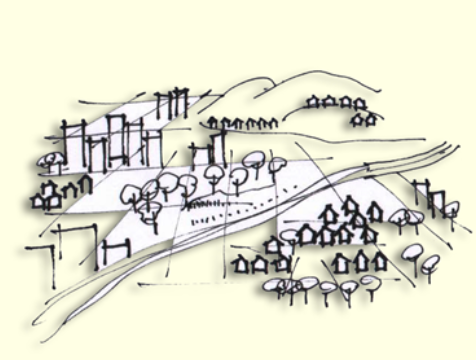
CITIES AND NATURE
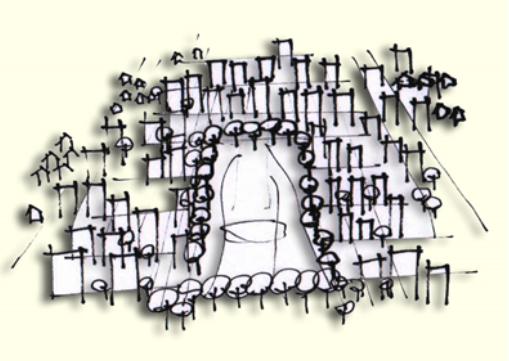
NATURE WITHIN CITIES

A large circle with radial corridors of intense development emanating from the center.
Radiocentric
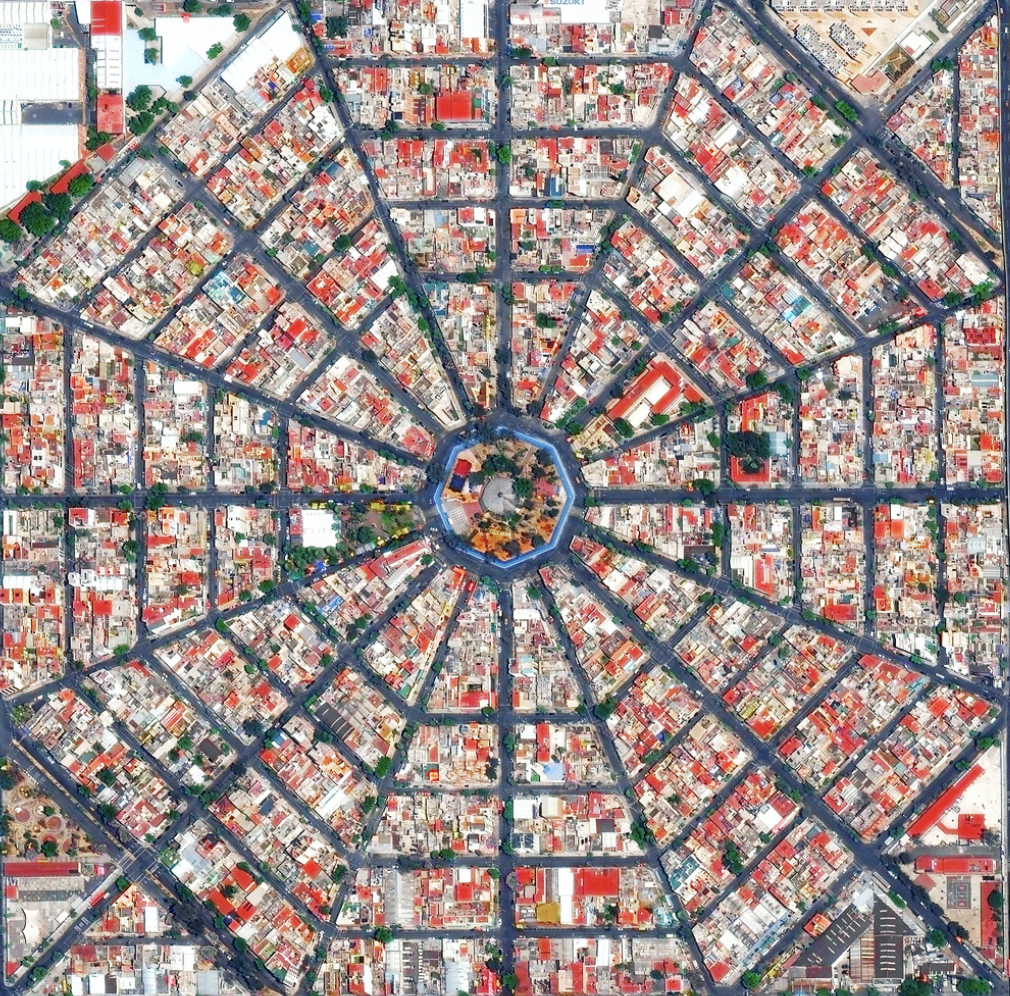
Plaza Del Ejecutivo, Mexico City, Mexico
Radiocentric

usually with two corridors of intense development crossing the center, usually found in small cities rather than in large.
Rectilinear
Barcelona, Spain
Rectilinear

radiocentric form with open spaces between the outreaching corridors of development
Star
Palmanova, Northeast Italy
Star
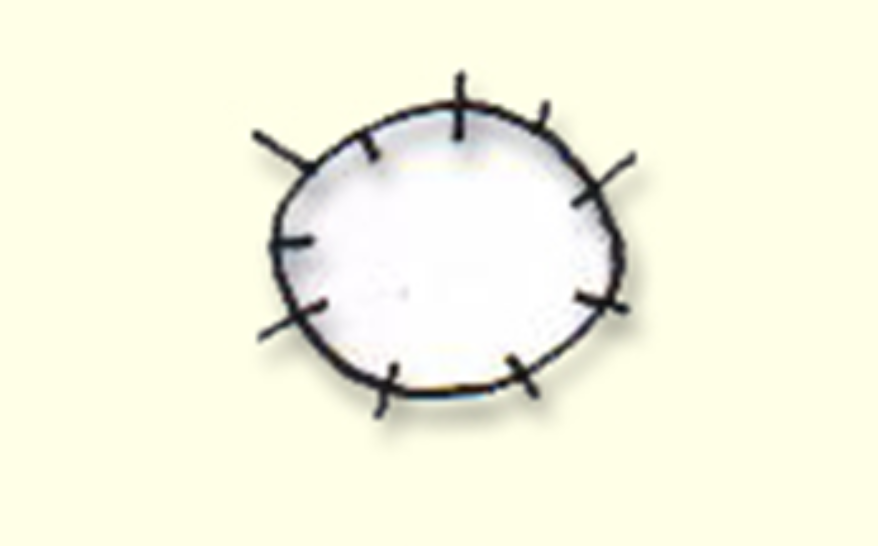
a city build around a large open space
Ring
Arc De Triomphe, Paris, France
Ring

usually the result of natural topography which restricts growth, may also be a transportation spine.
Linear
Volgograd, Russia
Linear

a linear span with connecting arms
Branch
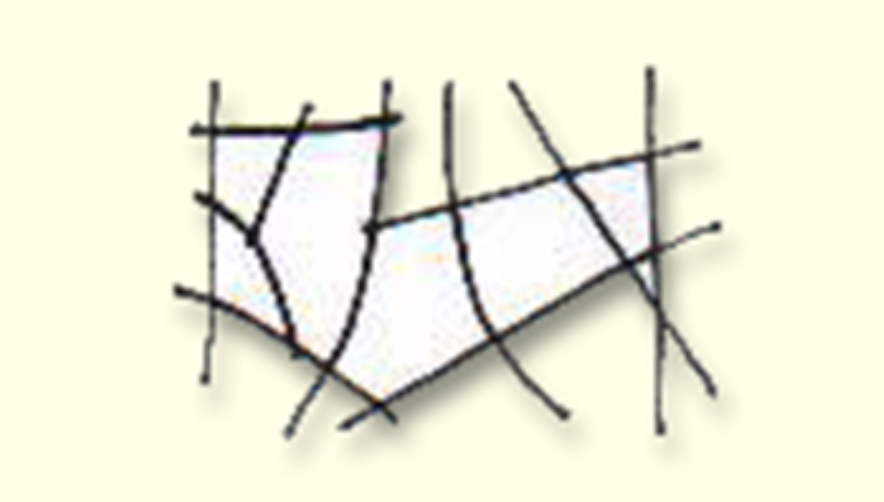
a vast urban area with little or no articulation
Sheet
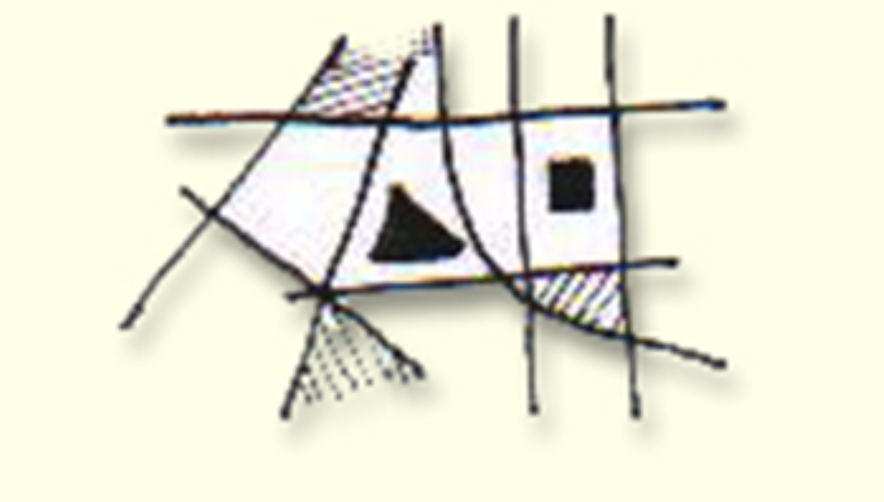
a sheet accented by one or more central clusters and several subclusters
Articulated Sheet

a series of nearly equal-sized cities in close proximity
Constellation

constellation of cities around a main center
Satellite
Outlying Routes
can approach architecture or cities in many ways
traverse the countryside in many ways.
Approach Routes
a clear route with its own strength of character aids orientation
The foreground of a city should reinforce a view, not distract from it.
Economic
A basic and continuing function. The city acts as a producer and marketplace
Locating cities at strategic points is important for the exchange of goods.
Defense & Protection
Historic urban functions of the city, though quite obsolete at present
Cities were once built to withstand sieges from migrating tribes or frequent raids from enemies.
Worship and Government
The prime function of the city throughout history
Cities were built around temples, shrines, and pyramids in Ancient Egypt, Greece, Rome.
The medieval cathedral was the center of the city, as were renaissance palaces and castles.
Transportation
Greatly influences the location of cities since they are dependent on geography
New means of transportation have enabled people to live in much larger more spread out cities.
Education and Culture
Cities have always been the seat of academy and scholarship and are a continuing function.
Due to the diversity of people, ideas, jobs, etc. the city is seen as an educator.
Ancient theaters, religious festivals, city beautification, etc. are a reflection of cultural pride.
Housing
The largest and simplest function of a city